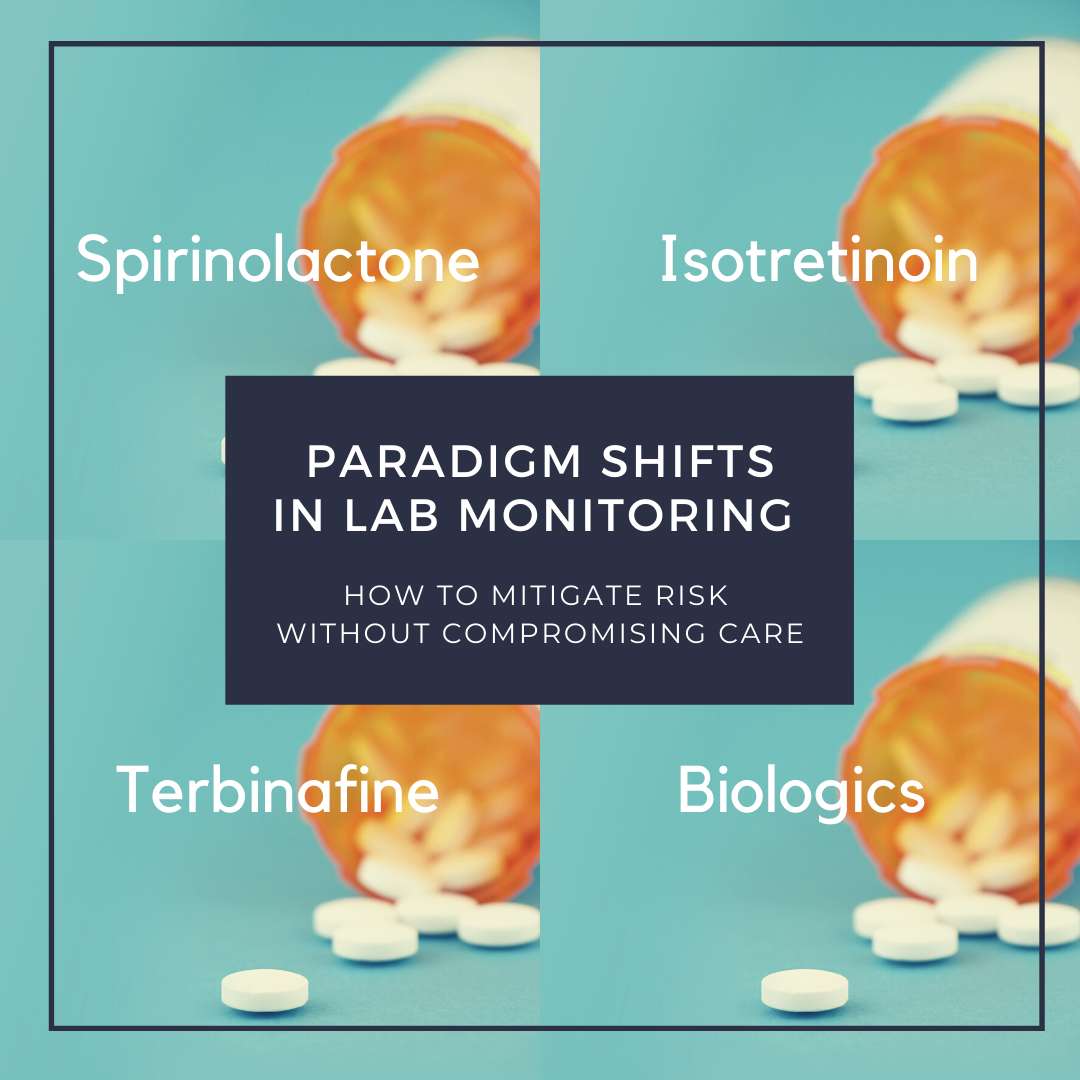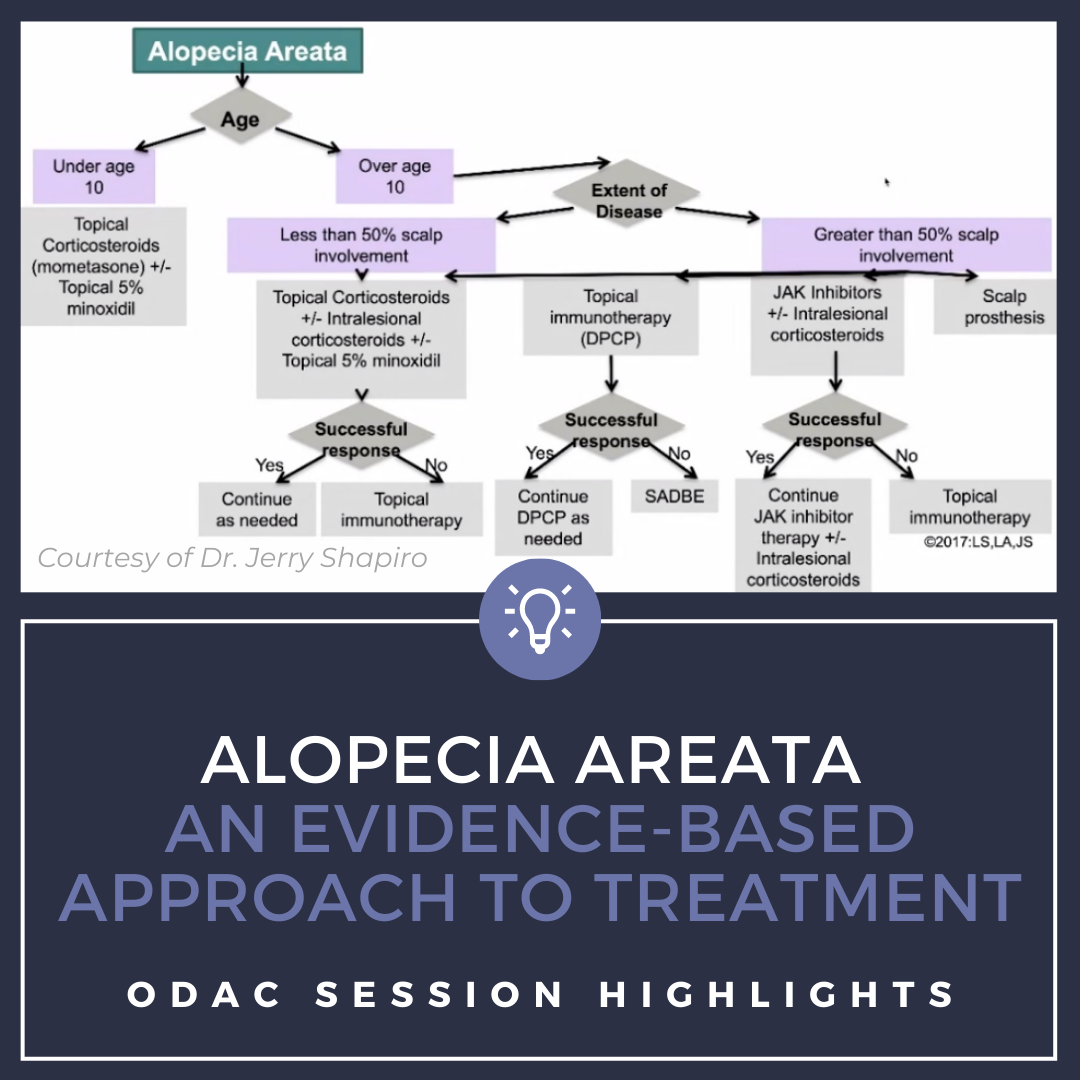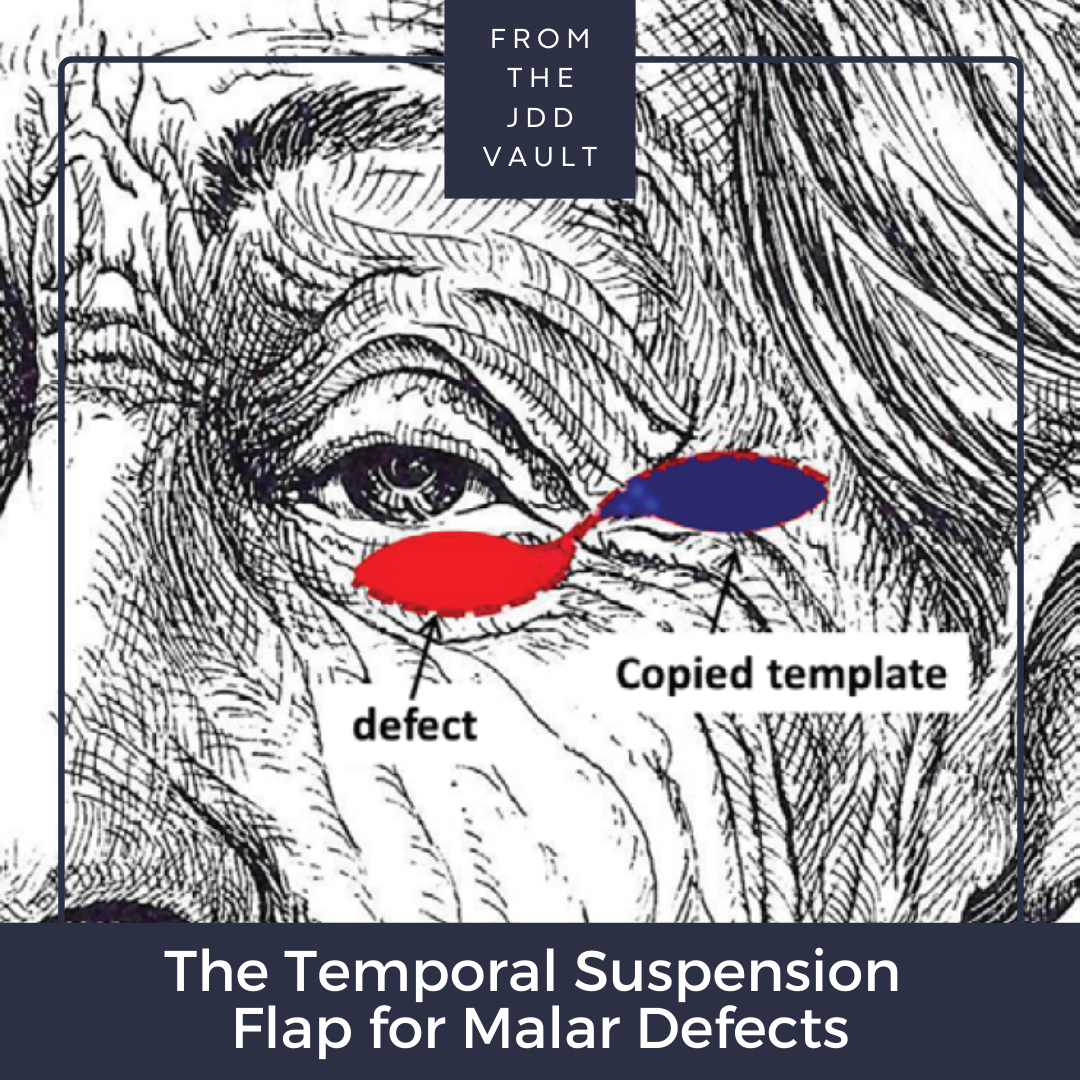Paradigm Shifts in Lab Monitoring
 How to Mitigate Risk without Compromising Care
If you were to counsel a patient on every possible risk of a given medication, it would be a long list of extreme and rare potential outcomes and almost certainly leave the patient in doubt whether it is safe even to take. Frequent lab monitoring has been common practice and often used to reduce the perception of risk with systemic medication …
How to Mitigate Risk without Compromising Care
If you were to counsel a patient on every possible risk of a given medication, it would be a long list of extreme and rare potential outcomes and almost certainly leave the patient in doubt whether it is safe even to take. Frequent lab monitoring has been common practice and often used to reduce the perception of risk with systemic medication …
 How to Mitigate Risk without Compromising Care
If you were to counsel a patient on every possible risk of a given medication, it would be a long list of extreme and rare potential outcomes and almost certainly leave the patient in doubt whether it is safe even to take. Frequent lab monitoring has been common practice and often used to reduce the perception of risk with systemic medication …
How to Mitigate Risk without Compromising Care
If you were to counsel a patient on every possible risk of a given medication, it would be a long list of extreme and rare potential outcomes and almost certainly leave the patient in doubt whether it is safe even to take. Frequent lab monitoring has been common practice and often used to reduce the perception of risk with systemic medication … 

 Tanning beds are NOT safer than the sun.1
More than 419,000 cases of skin cancer in the U.S. each year are linked to indoor tanning.2
Melanoma is the second most common cancer in females age 15-29.3
Tanning = DNA injury to your skin4
Skin exposed to UV radiation increases production of melanin to protect the skin from further damage. The increased melanin causing the tan color change is a si …
Tanning beds are NOT safer than the sun.1
More than 419,000 cases of skin cancer in the U.S. each year are linked to indoor tanning.2
Melanoma is the second most common cancer in females age 15-29.3
Tanning = DNA injury to your skin4
Skin exposed to UV radiation increases production of melanin to protect the skin from further damage. The increased melanin causing the tan color change is a si …  Alopecia areata is a form of non-scarring hair loss that affects both children and adults, causing significant quality of life impairment. Varying from localized to widespread hair loss, including alopecia totalis and universalis variants, alopecia areata can be self-resolving or chronic in its course. For years and in some cases centuries, treatment was limited to caustic substances that irritate …
Alopecia areata is a form of non-scarring hair loss that affects both children and adults, causing significant quality of life impairment. Varying from localized to widespread hair loss, including alopecia totalis and universalis variants, alopecia areata can be self-resolving or chronic in its course. For years and in some cases centuries, treatment was limited to caustic substances that irritate …  BACKGROUND
The upper lateral cheek bears unique and distinct local characteristics that are key features in facial aesthetics and functionality. Its main landmarks are the lower eyelid, the lateral canthus, and the temporal hairline. When contemplating treatment options for defects in this area, the surgeon should take into consideration the possible effects of the reconstructive method on the pr …
BACKGROUND
The upper lateral cheek bears unique and distinct local characteristics that are key features in facial aesthetics and functionality. Its main landmarks are the lower eyelid, the lateral canthus, and the temporal hairline. When contemplating treatment options for defects in this area, the surgeon should take into consideration the possible effects of the reconstructive method on the pr …  Pediatric lichen planopilaris (LPP) is a clinical variant of lichen planus (LP) that can lead to scarring hair loss without prompt intervention. While various therapies exist, intralesional and topical corticosteroids remain the mainstay of treatment in pediatric LPP. Refractory cases may require systemic therapies, selection of which may prove challenging due to the lack of data regarding pediatr …
Pediatric lichen planopilaris (LPP) is a clinical variant of lichen planus (LP) that can lead to scarring hair loss without prompt intervention. While various therapies exist, intralesional and topical corticosteroids remain the mainstay of treatment in pediatric LPP. Refractory cases may require systemic therapies, selection of which may prove challenging due to the lack of data regarding pediatr …